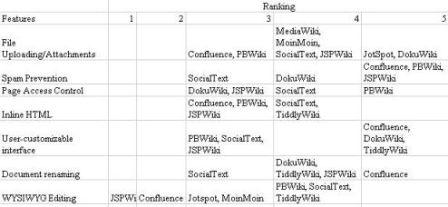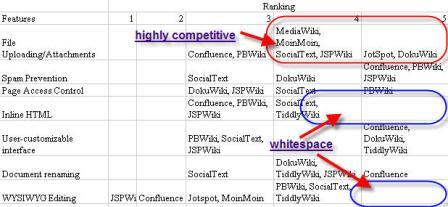Companies have become easier to build. There are fewer breakout companies with the size of JustDial, Via, One97, etc. Should the entrepreneur build a company to cover the expenses and have a good supporting income? Or build a business which is large enough to be venture-funded with an exit the size of MakeMyTrip?
This is classic entrepreneurs dilemma when starting out. The choice a founder makes and the venture he is building would determine the outcome. I was at recently concluded unpluggd2 event where someone asked the same question.
A very interesting blog post is doing the rounds and was shared by Shashank, Sameer and others. Quoting the bullet #41 & #42:
41. Know what kind of company you are trying to build. There are very few Googles and Facebooks. A good outcome for your business might be a $10M exit or a $20M exit or a $100M exit or no exit at all. Plan for the business you want to build. Don’t just shoot for the moon. From a money-in-your-pocket and return on time spent standpoint, owning 20% of a $20M exit in 2 years is much better than owning 3% of a $100M business in 5 years.
42. Related to #41, understand whether your business is a VC business or not. A VC business is expected to deliver 10x returns to investors. That means if you’re taking money with a $5M post-money valuation, the expectation is that you are building for a minimum $50M exit. $10M post-money valuation = $100M target. That’s not to say that you might not sell the company for less and everyone involved might be happy with that outcome, but that’s not what you are signing up for when you take VC money with such a valuation. Know what the implications of taking VC money are and what it means for expectations on you.
I don’t have to add any thing–the bullets say it all. You can overcome this dilemma by answering the following:
- If I take Rs. 1 crore from an investor, can I return Rs. 10 crores back in 5 years or so?
- Can the business double it’s revenues every year without adding a lot of people to it?
- If my neighbor finds out about my business, can he also build it?
- Am I building something which very few people have built?
- If there is a list of top 100 innovative businesses, would the business qualify?
It’s totally fine, if your business is not a venture fundable business. A lot of businesses are like that.
 Bande Mataram. Samachar Darpan. Kesari. Ghadar. Somprakash. Sudharak. Young India. Akali. Pratap. These are the names of the newspapers which played an important role during India’s freedom struggle. Printed on paper, they were the mouthpieces of the revolutionaries. The newspapers during those days brought people of similar ideologies together; a vision of free India and a burning desire to end the oppressive rule of British empire.
Bande Mataram. Samachar Darpan. Kesari. Ghadar. Somprakash. Sudharak. Young India. Akali. Pratap. These are the names of the newspapers which played an important role during India’s freedom struggle. Printed on paper, they were the mouthpieces of the revolutionaries. The newspapers during those days brought people of similar ideologies together; a vision of free India and a burning desire to end the oppressive rule of British empire. tightened. If you know the alleys of “dark-web”, there are scores of sites who do a hedge between adsense / adwords for a 2-3% margin on incoming vs. outgoing clicks. Most of them rely on a mash-up of content sourced through various means.
tightened. If you know the alleys of “dark-web”, there are scores of sites who do a hedge between adsense / adwords for a 2-3% margin on incoming vs. outgoing clicks. Most of them rely on a mash-up of content sourced through various means. other cohorts viz. Kumbhakarna and Indrajeet, to celebrate the victory of good over evil.
other cohorts viz. Kumbhakarna and Indrajeet, to celebrate the victory of good over evil.

